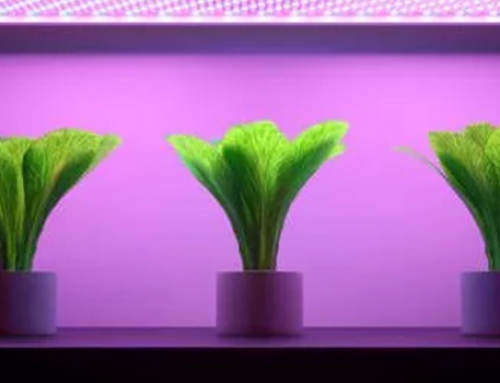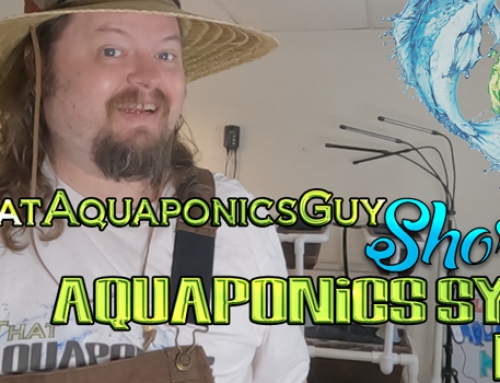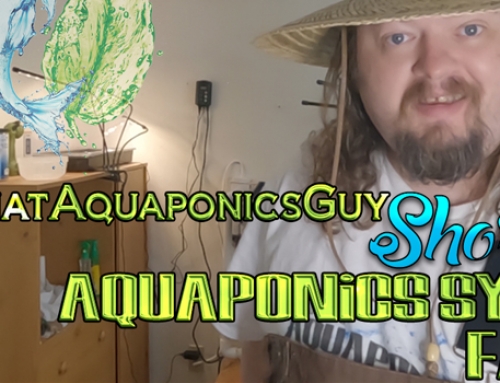The most important aspect of an aquaponic system is the nitrogen cycle. Without this cycle occurring properly, the fish would not survive long in their tank due to the buildup of ammonia. Consequently, no plant growth would occur in the grow beds because none of the life-giving nitrogen would be pumped up to them. When installing your own aquaponic system, it is vital that you get the nitrogen cycle off to a good start to successfully cultivate fish and vegetables. The process involves setting up the tanks, tubes, pump, and heater. When everything is in place, you want to add fish to the tank to begin the nitrogen cycle.
Step 1: Complete Tank Setup
Assuming you have everything you need to get going, make sure everything is in place and in working order. This includes the fish tank, the pump, and tubing moving water up to the grow bed, the gravel or clay in the grow bed, and the return water tubing. The water used in the system should be dechlorinated and fresh. See Making the Bell Syphon article here.
Step 2: Test the pH
Test the pH level of the water before adding fish to the tank. It should be around 6.8 to support both fish life and edible plants.
 Step 3: Add the Fish
Step 3: Add the Fish
Make sure the heater for the fish tank is set to keep the fish comfortable according to the species. It varies, depending on the fish. The pump should be operational and the grow beds stocked with vegetable starts.
Step 4: Nitrifying Bacteria
As the fish are fed, their excrement becomes ammonia in their tank. There are two types of bacteria needed to convert this ammonia into plant food, or else the fish will die. Nitrosomonas first transforms the ammonia into nitrites, a chemical harmful to fish as well. The second bacteria, Nitrobacter, convert the nitrites into nitrates. The nitrified bacteria is pumped to the plant grow beds, where it flourishes in either the gravel or clay bed.
Step 5: Check Levels of Chemicals
Use the various tests to determine ammonia levels, nitrite and nitrate levels, and overall pH. The ammonia you want to be as low as possible while the beneficial plant food needs to grow to induce plant growth. The pH must be kept in a stable range.
Step 6: Grow Bed Drainage
To complete the cycle, the nitrogen-rich water pumped into the grow beds for the plants to feed on must be cycled back into the fish tank. The plants consume nitrogen and produce clean water for the fish. The plants’ roots need to drain periodically so they can get oxygen, and for this a flood valve is necessary. Again See Making the Bell Syphon article here.
With the system up and running, get in the habit of checking ammonia, nitrite, nitrate, and pH levels frequently. Don’t overfeed the fish. Since that is the only external element required in the process, it may happen if you get too overzealous. Pay attention to the smell of the water. It should have a fresh scent, not a decaying or offensive odor. With the nitrogen cycle started properly, both fish and plant life will thrive in your aquaponics setup.

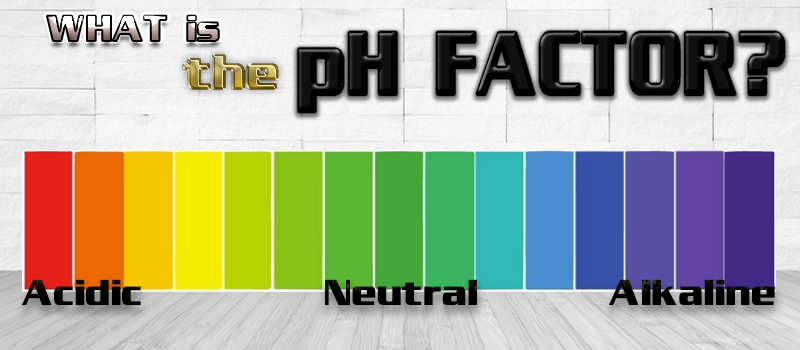
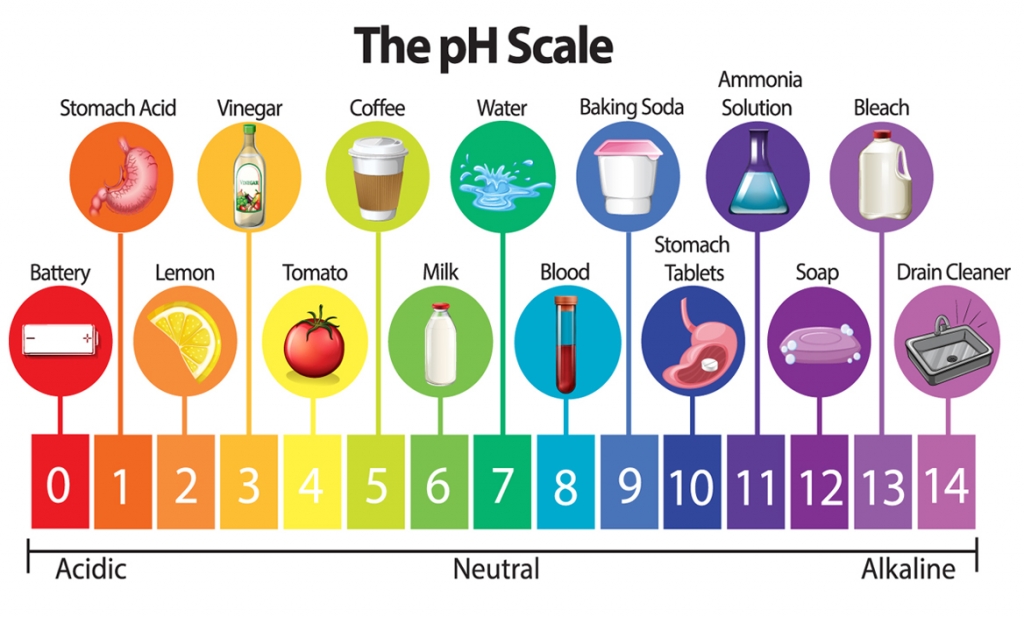 Step 3: Add the Fish
Step 3: Add the Fish